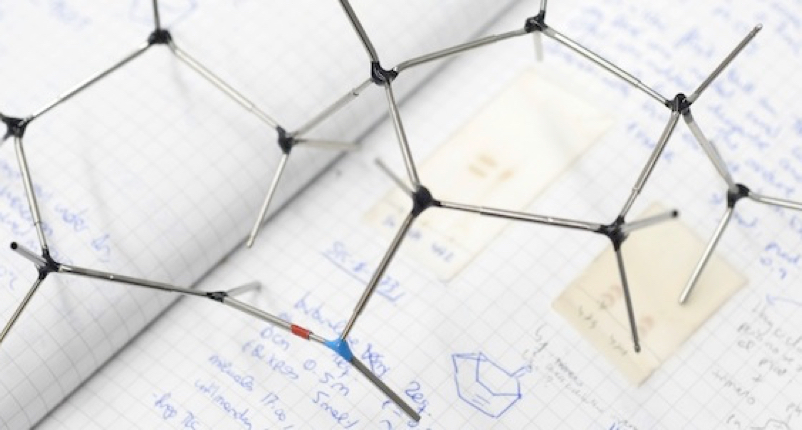Applications of Carbon Dots for the Photocatalytic and Electrocatalytic Reduction of CO2
The photocatalytic and electrocatalytic conversion of CO2 has the potential to provide valuable products, such as chemicals or fuels of interest, at low cost while maintaining a circular carbon cycle. In this context, carbon dots possess optical and electrochemical properties that make them suitable candidates to participate in the reaction, either as a single component or forming part of more elaborate catalytic systems. In this review, we describe several strategies where the carbon dots participate, both with amorphous and graphitic structures, in the photocatalysis or electrochemical catalysis of CO2 to provide different carbon-containing products of interest. The role of the carbon dots is analyzed as a function of their redox and light absorption characteristics and their complementarity with other known catalytic systems. Moreover, detailed information about synthetic procedures is also reviewed.

Domingo-Tafalla, B.; Martínez-Ferrero, E.; Franco, F.; Palomares-Gil, E.
Molecules 2022, 27 (3), 1081
DOI:
10.3390/molecules27031081

Let's create a brighter future
Join our team to work with renowned researchers, tackle groundbreaking
projects and contribute to meaningful scientific advancements




















